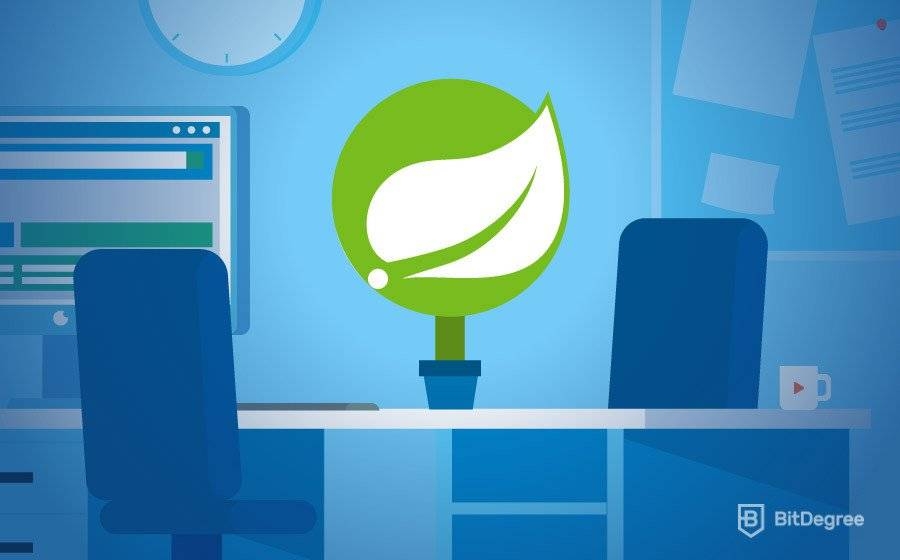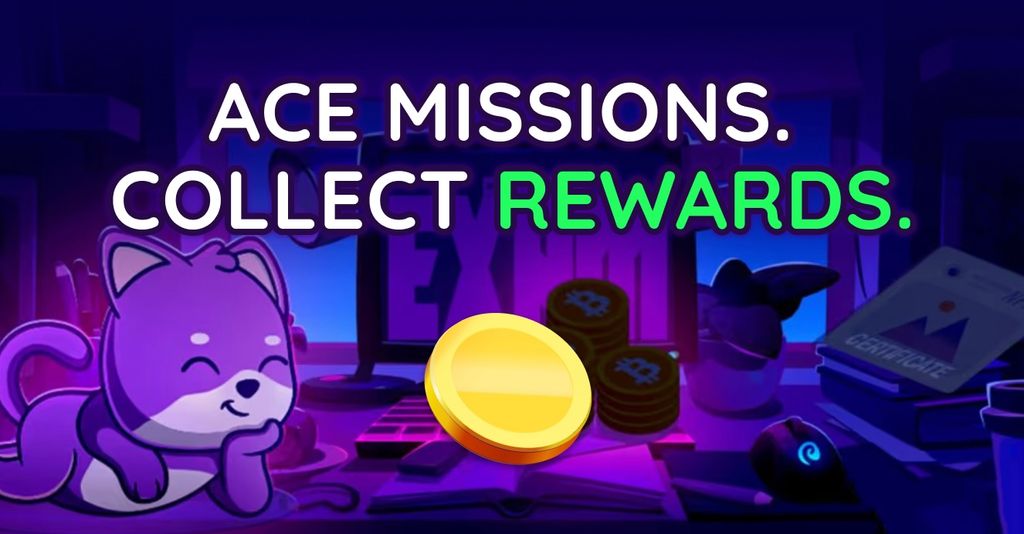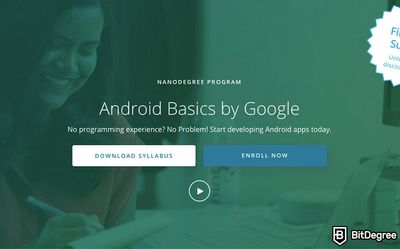Stop overpaying - start transferring money with Ogvio. Sign up, invite friends & grab Rewards now! 🎁
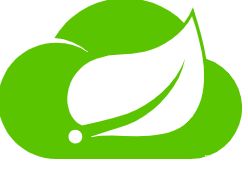 Spring is considered to be the most popular framework used by Java developers, at least when it comes to application building. This is why it should be of no surprise that more and more employers are looking for Java developers and programmers that would be proficient with both Java and Spring. If you’re aiming to land a job as a developer with some (or a lot!) Spring expertise, it would probably be a good idea to look at what you should expect from the job interview.
Spring is considered to be the most popular framework used by Java developers, at least when it comes to application building. This is why it should be of no surprise that more and more employers are looking for Java developers and programmers that would be proficient with both Java and Spring. If you’re aiming to land a job as a developer with some (or a lot!) Spring expertise, it would probably be a good idea to look at what you should expect from the job interview.
In the beginning, we’ll cover the basic and later the experienced Spring interview questions and answers. In the end, we will have a summary of the information and leave you with some tips for the future.
Table of Contents
- 1. The Basics of Spring Framework
- 1.1. Question 1: What is Spring?
- 1.2. Question 2: How many versions of Spring are there?
- 1.3. Question 3: What would you name as the main advantages of Spring?
- 1.4. Question 4: What Spring Framework features can you name?
- 1.5. Question 5: What is ‘MVC’?
- 1.6. Question 6: What is ‘dependency injection’?
- 1.7. Question 7: What is ‘Boot’?
- 1.8. Question 8: What is an ‘XML file’?
- 1.9. Question 9: How many different modules are there in Spring?
- 1.10. Question 10: Describe ‘IOC’
- 1.11. Question 11: What is a ‘bean’?
- 1.12. Question 12: Why should you use ‘constructor injection’ for injecting beans?
- 1.13. Question 13: What is a ‘join point’?
- 1.14. Question 14: What is AOP?
- 1.15. Question 15: What’s the use of the Boot ‘Initilizr’?
- 1.16. Question 16: What’s an ‘advice’?
- 1.17. Question 17: How many ways are there to do a Dependency Injection?
- 1.18. Question 18: What are the ways of using the Spring Framework?
- 1.19. Question 19: What is the AOP (aspect orientated programming) terminology?
- 1.20. Question 20: What is JoinPoint?
- 2. The Advanced Spring Interview Questions
- 2.1. Question 1: Are there any differences between the two types of IOC?
- 2.2. Question 2: Why doesn’t ‘annotation wiring’ work?
- 2.3. Question 3: What’s the difference between ‘concern’ and ‘cross-cutting’ concern?
- 2.4. Question 4: What is ‘autowriting’?
- 2.5. Question 5: What is ‘weaving’ used for?
- 2.6. Question 6: How can you manage transactions in Spring?
- 2.7. Question 7: What’s a ‘target object’?
- 2.8. Question 8: What does @Controller do?
- 2.9. Question 9: What is DAO?
- 2.10. Question 10: What does @Autowired do?
- 2.11. Question 11: What does @RequestMapping do?
- 2.12. Question 12: What is an MVC Interceptor?
- 2.13. Question 13: What’s the use of ‘introduction’?
- 2.14. Question 14: What happens when you use @Autowire together with @Qualifier?
- 2.15. Question 15: What’s Annotation-based container configuration?
- 3. Summary
The Basics of Spring Framework
We shall start this tutorial with the basics. These basics are quite fundamental and if you’re an experienced Spring developer, you should know them by heart.
Latest DataCamp Coupon Found:Question 1: What is Spring?
To get to the Spring MVC interview questions and talk about interceptors and joinpoints, we must first get through the definitions. And it isn’t only an empty chore - your potential employers will probably ask the same things at the beginning of your interview.
Now, when it comes to such Spring interview questions (definition-based ones), always try to answer with your own worded definitions. This will show the interviewers that you aren’t only a robot that has memorized countless pages of text but can also think for yourself.
Now, where were we..? Oh, yes, Spring. So, what is Spring?
Spring is an open-source, Java-based framework. It’s designed to help Java developers create specific web applications.
Question 2: How many versions of Spring are there?
In total, there are three major versions fo Spring - Spring 2.5; Spring 3.0 and Spring 4.0.
Question 3: What would you name as the main advantages of Spring?
Truth be told, this is one of the more subjective Spring interview questions, for it’s almost completely opinion-based. You should think about your own experience whilst using Spring, and hat you would define as the framework’s best features.
I can, however, offer you a few examples of the most popular answers: it being open-source, premade templates, easy to use and test, etc.
Question 4: What Spring Framework features can you name?
Ultimately, it would be best to name at least some of these major features:
- It is lightweight when it comes to size and transparency.
- In Spring Framework, objects give their dependencies instead of creating or looking for dependent objects. This process is called Inversion of Control (IOC).
- Aspect orientated programming in Spring Framework supports cohesive development by separating application business logic from system services.
- Spring Framework creates and manages the life cycle and configuration of the application objects.
- Model-View-Control web application framework in Spring is highly configurable. Also, it allows using other frameworks instead of it.
- Spring Framework provides a generic abstraction layer for transaction management.
- Spring offers a Java Database Connectivity abstraction layer that simplifies the error handling strategy.
Question 5: What is ‘MVC’?
This is one of the Spring interview questions about MVC that you might receive during your job interview.
MVC stands for Model View Controller. It is a part of the Spring framework. MVC is used to further the creation of different web applications.
Question 6: What is ‘dependency injection’?
Dependency injection is used to provide certain specific dependencies for objects. It is a design pattern that makes your projects smoother and more suitable for such actions as testing.
Question 7: What is ‘Boot’?
This may easily fall into the Spring boot questions part of the tutorial. As you’ve probably noticed, you won’t be only getting Spring interview questions - that would be too easy! Instead, you are expected to know all about its various extensions and updates, as well.
The Spring Boot is a version of Spring that aims to make the application creating the process more streamlined. One of its key features is that it eliminates the need to define boilerplate configurations - surely, this will make a lot of developers happy.
Question 8: What is an ‘XML file’?
XML is a Spring configuration file. It is the main type of file that contains all of the information on the different types of classes and how they correlate with one another.
Question 9: How many different modules are there in Spring?
Spring has around twenty modules and this is very important information to know in Spring interview questions. All of them are segmented into separate containers. The containers are, as follows: the core container, web container, data access container, aspect and instrumentation container, and the test container. There are a few smaller containers, too.
Question 10: Describe ‘IOC’
IOC stands for Inversion of Control. It is the core container of Spring. It utilizes the before-mentioned dependency injection to manage and configure the various integrated applications. There are currently two types of IOCs that can be located in Spring - ApplicationContext, and BeanFactory.
Question 11: What is a ‘bean’?
“Bean” is an object that is integrated and configured by the IOC container.
Question 12: Why should you use ‘constructor injection’ for injecting beans?
Don’t get tricked by such Spring interview questions - note that constructor injection is only used to inject mandatory dependencies.
As for why you should use this type of injection instead of anything else, it’s pretty simple. This type of injection makes the afterward testing processes a lot easier.
Question 13: What is a ‘join point’?
A join point represents a point in the program where the AOP framework will be initialized and applied.
Question 14: What is AOP?
AOP stands for Aspect-Oriented Programming. It differs from OOP (Object-Oriented Programming) in that OOP focuses on classes, while AOP’s key modularity unit is the aspect. In AOP, aspects implement and emphasize cross-cutting concerns.
Question 15: What’s the use of the Boot ‘Initilizr’?
‘Initilizr’ is a topic that tends to linger in Spring interview questions quite often. It’s quite an important component, so let’s quickly overview why we would need it.
Developers use the ‘Initilizr’ because they want to maximize their productivity in the shortest possible amount of time. The tool is great in that it provides an initial template for your project, and simplifies the process of script-building.
Question 16: What’s an ‘advice’?
Remember when we talked about 'join points'? The ones where AOP kicks into play? Well, whenever an aspect performs some sort of action within that join point, that action is called an “advice”.
Question 17: How many ways are there to do a Dependency Injection?
There are three ways to do it:
- Constructor Injection
- Setter Injection
- Interface Injection
In Spring Framework mostly constructor and setter injections are used.
Question 18: What are the ways of using the Spring Framework?
- As a third party web framework by using Spring Frameworks middle-tier.
- For remote usage.
- As a fully-fledged Spring web application.
- As an Enterprise Java Bean that can wrap existing Plain Old Java Objects. (POJOs)
Question 19: What is the AOP (aspect orientated programming) terminology?
- JoinPoint
- Advice
- Pointcut
- Aspect
- Introduction
- Target Object
- Interceptor
- AOP Proxy
- Weaving
Question 20: What is JoinPoint?
It is any point in a program such as field of access, method execution, exception handling or similar.
The Advanced Spring Interview Questions
I hope that you’re all warmed up from the basics because now it’s time to jump into interview questions and answers for experienced developers and programmers.

Look at these advanced questions as examples. It would probably be impossible to list all of the possible variations of those questions here, so I’ve picked out some of the main ones. What you can do after reading this guide is find similar equivalents for each question and answer that you’ve read here. This way, you’ll be able to cover most of the possible Spring framework interview questions that you might get asked.
Question 1: Are there any differences between the two types of IOC?
If you remember, one of the basic Spring interview questions was to explain IOC. The two types of IOC were ApplicationContext and BeanFactory.
There is one key difference between the two types of IOC - ApplicationContext is an advanced container, while BeanFactory is a basic one. This means that the functions of BeanFactory are furthered by ApplicationContext.
Question 2: Why doesn’t ‘annotation wiring’ work?
This would probably be one of those questions where you would be given a situation which you would have to explain. Here, your potential employer is pointing out that the ‘annotation wiring’ function does not work for some reason - and the reason is probably pretty simple.
By default, annotation wiring is going to be turned off. To make it work, you would have to enable it in your configuration files.
Question 3: What’s the difference between ‘concern’ and ‘cross-cutting’ concern?
There are a lot of comparisons in Spring interview questions, especially for the advanced developers. ‘Concern’ is used when you want to implement a singular, specific function into your project (app). ‘Cross-cutting’ concerns are functions that will apply through ought the entire project - all of the modules in your app will be affected.
Question 4: What is ‘autowriting’?
'Autowriting' lets the developer inject beans into his app automatically, without the need for manual intervention.
Question 5: What is ‘weaving’ used for?
‘Weaving’ is used to create advised objects. This is done by linking certain aspects with other specific objects in the app.
Question 6: How can you manage transactions in Spring?
Spring allows two types of transaction management: declarative and programmatic.
Declarative transaction management is when you separate your code from the transactions themselves. One of our previous Spring interview questions talked about XML. This is important now because many developers turn to XML configurations to manage their transactions that way.
Programmatic transaction management involves your business code in transaction management. This tends to be the less popular choice of managing transactions. There are a couple of reasons for why that is, but the main one has to do with the code. Many programmers don’t want to play around the code to not break something in the process.
Question 7: What’s a ‘target object’?
Once an object becomes the center of attention for aspects, it automatically becomes a target object. Some people also like to refer to it as an “advised object’.
Question 8: What does @Controller do?
@Controller names a specifically designated Spring class as the controller class.
Question 9: What is DAO?
In Spring interview questions, DAO abbreviates to Data Access Object. This tool allows developers to more easily approach and work with data accessing tools, especially those of Java origins.
Question 10: What does @Autowired do?
The @Autowired command gives you the flexibility to decide where you want to wire your object. This command makes the process much easier and smoother, allowing higher accuracy.
Question 11: What does @RequestMapping do?
This command is used whenever you want to map a specific HTTP method to a particular class. You can use this command in both the class and the method levels.
Question 12: What is an MVC Interceptor?
In Spring MVC, interceptors can be used to process a client's request before, during and even after handling. It’s a great tool to avoid any unwanted repetitions of the code.
Question 13: What’s the use of ‘introduction’?
The ‘introduction’ command lets you add new attributes to a class that is already resent in Spring.
Question 14: What happens when you use @Autowire together with @Qualifier?
This type of combination is used when there are many different types of a single bean in the app. This combination differentiates between each of the individual beans.
As you’ve probably noticed, there are quite a few “@” based Spring interview questions out there. That is why it is important to know what each of the “@” controllers do, so make sure to memorize them to the best of your ability!

- Easy to use with a learn-by-doing approach
- Offers quality content
- Gamified in-browser coding experience
- Free certificates of completion
- Focused on data science skills
- Flexible learning timetable

- High-quality courses
- Nanodegree programs
- Student Career services
- Nanodegree programs
- Suitable for enterprises
- Paid certificates of completion

- A wide range of learning programs
- University-level courses
- Easy to navigate
- University-level courses
- Suitable for enterprises
- Verified certificates of completion
Question 15: What’s Annotation-based container configuration?
It is an alternative container configuration to the previously mentioned XML. This type of configuration is mainly focused on the bytecode metadata.

Did you know?
Have you ever wondered which online learning platforms are the best for your career?
Summary
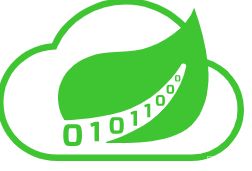 Probably the most important tip that I can give you (at least when it comes to Spring framework interview questions) is to study as many of the different variations of these questions as you can find. Simply pick a random question from this tutorial, google it to find broader definitions of the terms and then see what similar inquiries you might come across.
Probably the most important tip that I can give you (at least when it comes to Spring framework interview questions) is to study as many of the different variations of these questions as you can find. Simply pick a random question from this tutorial, google it to find broader definitions of the terms and then see what similar inquiries you might come across.
During the actual Spring interview questions itself, always try to add your own opinion about the question that you’re asked, especially if it’s a definition-based one. Your employers are likely to appreciate the fact that you are trying to put complicated terms and concepts in your own, personal words. And don’t forget to revise Boot or MVC questions - they are simply extensions of the main thing, and you’re bound to get asked about them sooner or later.
